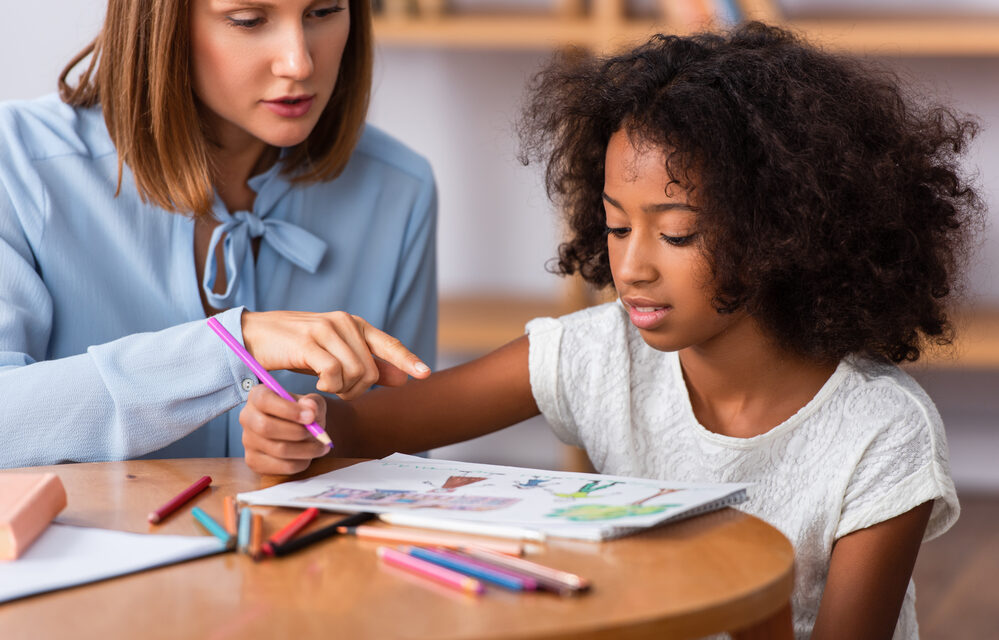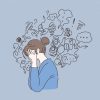- Empty cart.
- Continue Shopping
The Benefits of Art Therapy for Mental Health

Art has long been recognized as a powerful form of expression and a means of communication. In recent years, the field of mental health has increasingly embraced art therapy as a valuable and effective approach to addressing various emotional and psychological challenges.
1. Self-Expression and Communication
Art therapy provides a non-verbal means of self-expression, allowing individuals to convey their thoughts, feelings, and experiences that may be difficult to put into words. This can be especially helpful for individuals who find it challenging to verbalize their emotions or who have experienced trauma.
2. Stress Reduction
Engaging in creative activities through art therapy can serve as a powerful stress reduction technique. The process of creating art can be meditative and calming, helping individuals relax and release tension.
3. Increased Self-Awareness
Art therapy encourages self-reflection and introspection. By creating art and examining their work, individuals can gain insights into their emotions, thought patterns, and behavioral tendencies. This increased self-awareness can be a valuable step toward personal growth and healing.
4. Emotional Release and Processing
Art therapy offers a safe and supportive environment for individuals to explore and process difficult emotions, such as grief, anger, or anxiety. Creating art can serve as a way to externalize and release these emotions, providing relief and a sense of catharsis.
5. Improved Self-Esteem and Confidence
Success in creating art, regardless of skill level, can boost self-esteem and confidence. As individuals see the tangible results of their creative efforts, they may gain a greater sense of self-worth and accomplishment.
6. Empowerment
Art therapy empowers individuals to take an active role in their healing process. By creating art, they can regain a sense of control over their emotions and experiences, fostering resilience and empowerment.
7. Problem-Solving Skills
The creative process often involves experimentation and problem-solving. Engaging in art therapy can help individuals develop problem-solving skills that they can apply to other areas of their lives.
8. Communication and Relationship Building
Art therapy can be particularly effective in group settings. It promotes communication and connection among participants, helping them build supportive relationships and feel less isolated.
9. Coping Mechanisms
Art therapy equips individuals with healthy coping mechanisms for managing stress and emotional challenges. The skills and strategies learned in art therapy can be applied in everyday life to navigate difficult situations.
10. Tailored Approach
Art therapy is highly adaptable and can be tailored to meet the specific needs of each individual. Therapists can choose different art modalities, such as painting, drawing, sculpture, or collage, depending on the client’s preferences and therapeutic goals.
11. All Ages and Abilities
Art therapy is inclusive and can benefit individuals of all ages and abilities. It is not limited by artistic skill or experience, making it accessible to a wide range of people.
In Conclusion, Art therapy is a versatile and valuable tool in the field of mental health. Its ability to facilitate self-expression, reduce stress, and promote emotional healing makes it an effective approach for individuals facing various mental health challenges. Whether used as a primary therapeutic intervention or in conjunction with other forms of therapy, art therapy offers a creative and empowering path toward improved mental and emotional well-being. If you or someone you know is struggling with mental health issues, consider exploring the potential benefits of art therapy with a trained and qualified art therapist.








